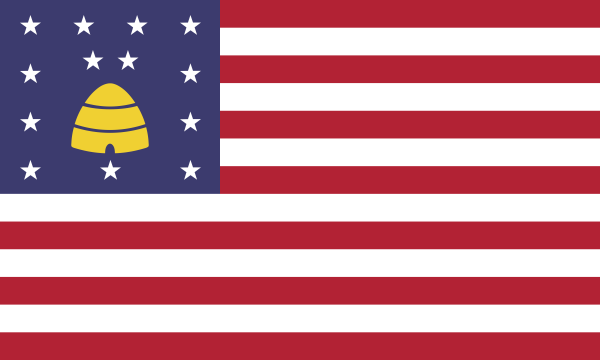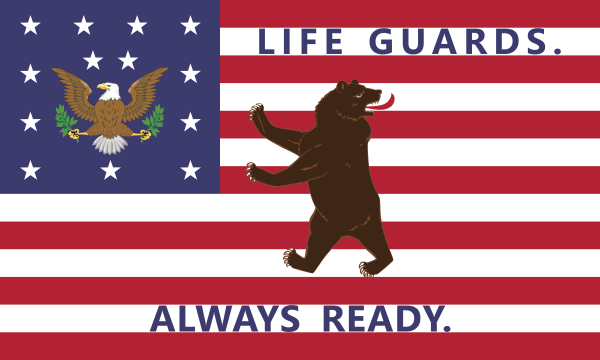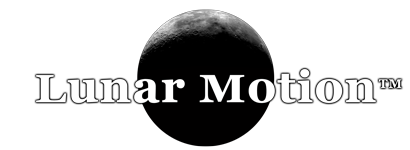Last updated on 2024-08-17
Michael De Groote, in a 2010 Deseret News article, describes an interview with Elder Eldred G. Smith, emeritus patriarch for The Church of Jesus Christ of Latter-day Saints, in which Elder Smith showed De Groote the flag pictured here. (Photograph by David Christenson from a separate interview with Elder Smith.)
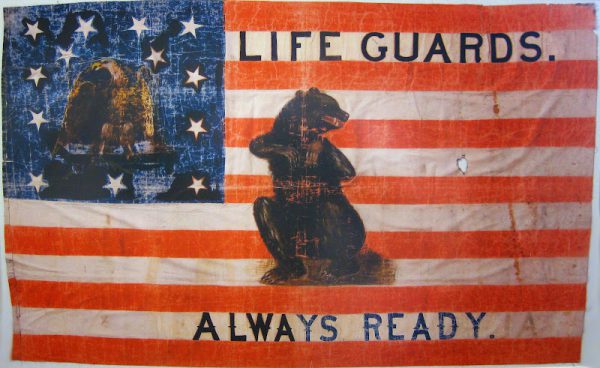
Many refer to this flag as the “Mormon Battalion flag,” and while the description is accurate in that the Mormon Battalion did carry this flag during their march from Council Bluffs, Iowa to Sante Fe, New Mexico and on to Los Angeles, California, the provenance provided by Elder Smith makes clear that this flag had ties to more groups that just the Mormon Battalion.
The flag started with the Nauvoo Legion sometime before 1844 in Nauvoo, Illinois. It originally had a beehive in the canton with the thirteen stars. The beehive can be seen underneath the flaking paint in the picture of the original flag.
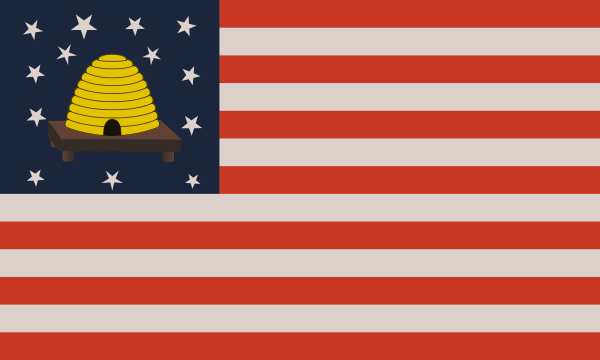
The Latter-day Saints were driven out of Nauvoo in 1846 and setup a winter camp near Council Bluffs, Iowa as they prepared to migrate west. When the United States Army requested the Latter-day Saints provide conscripts for the Mexican War. The battalion that formed used the Nauvoo Legion flag, but painted an eagle over the beehive. The eagle appears to be holding an olive branch in one talon. Conspicuously missing are the arrows in the other talon.
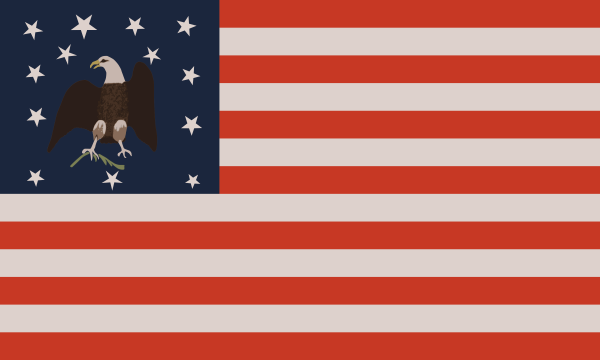
The Mormon Battalion finished their march in California. On July 4, 1847, they raised the flag, now with a bear painted over the stripes, over Fort Moore.
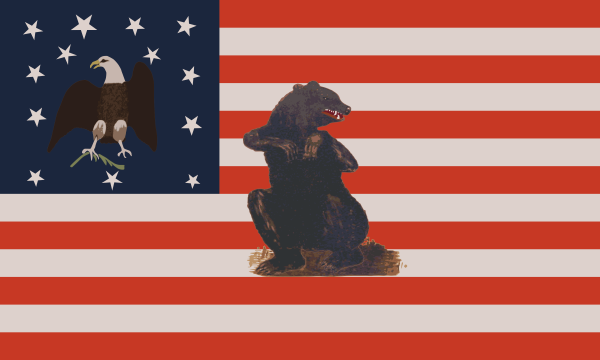
After their service in the Army was complete, many of the battalion travelled to Utah to be establish their homes with the main body of the Latter-day Saints. They presented the flag to Brigham Young, who passed the flag on to his Life Guards. Following common practice of the day, the militia painted their name and slogan, “Always Ready,” on the flag.
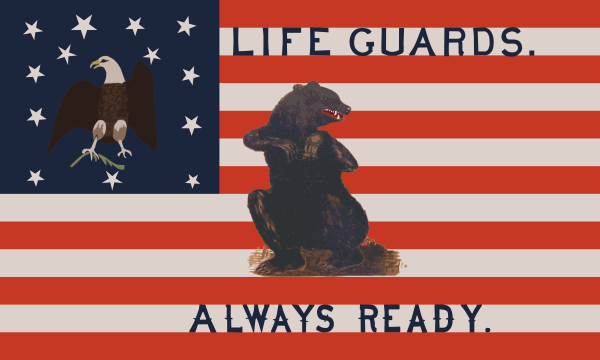
From there the flag passed to the Smith family. For more history on the flag, so also the Lee Benson article from 2021.
Rather than a “flag by committee” like we get with many state or municipal flags, where everyone gets to add their two cents, the Mormon Battalion flag represents more of a “flag by progression,” where significant events and transitions are commemorated on the banner.
Below are modern reinterpretations of the Nauvoo Legion flag and the Mormon Battalion flag. They use the current color schemes as specified in the United States Flag Code. The charges (stars, beehive, eagle, olive branch, and bear) use common current standards consistent with heraldry.
